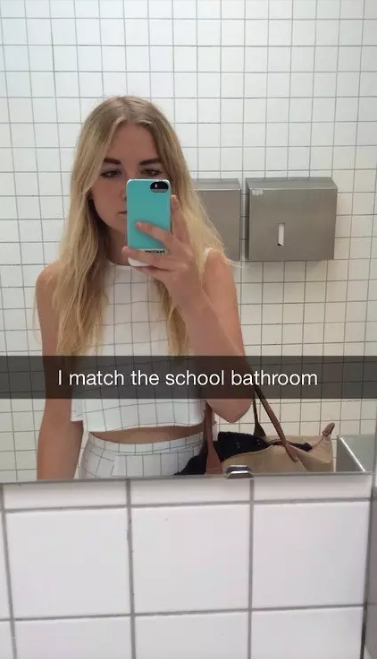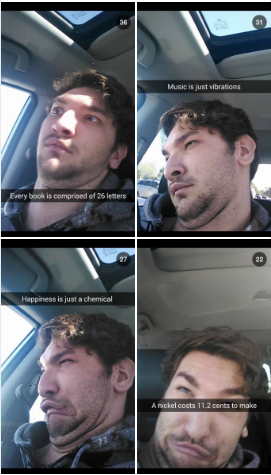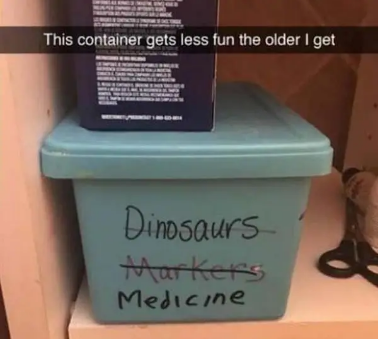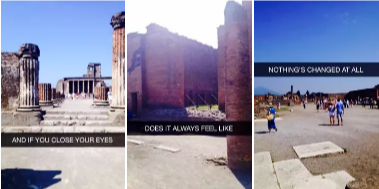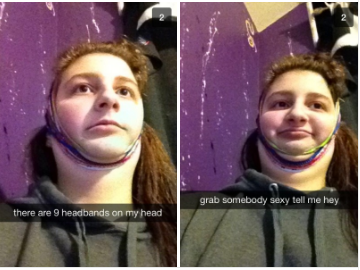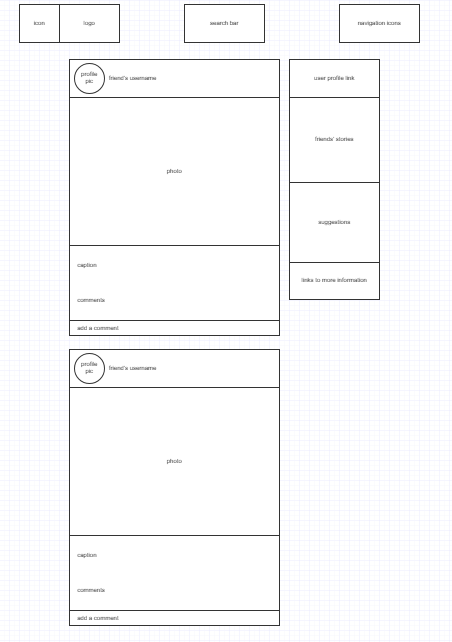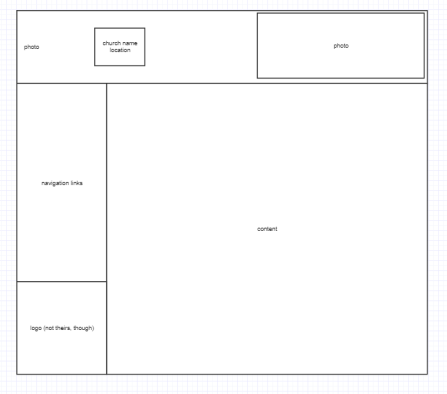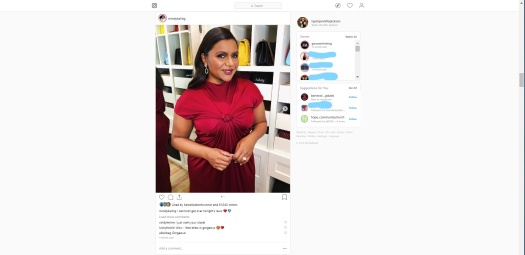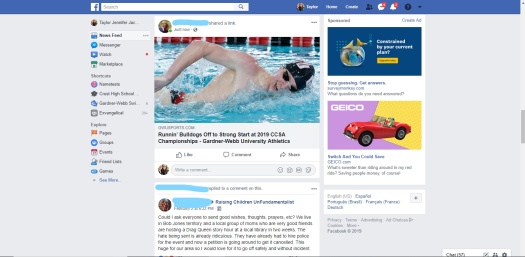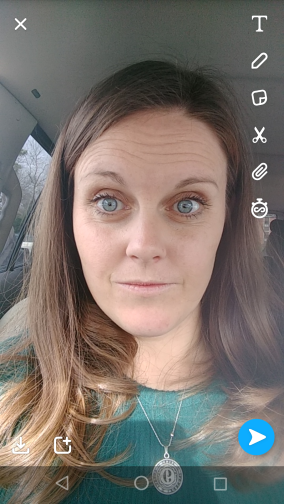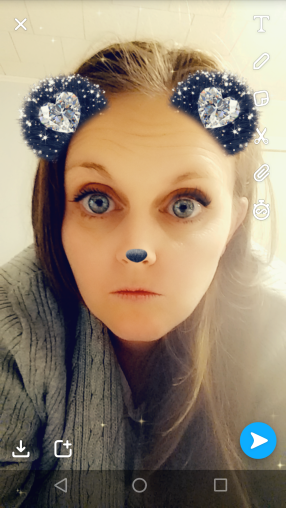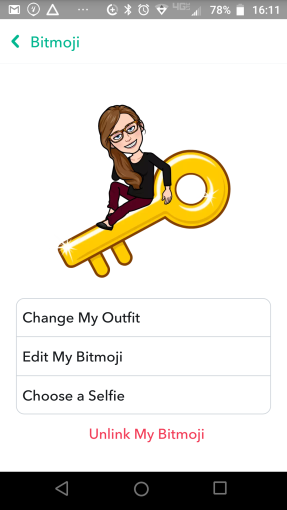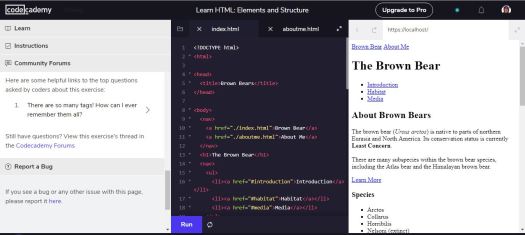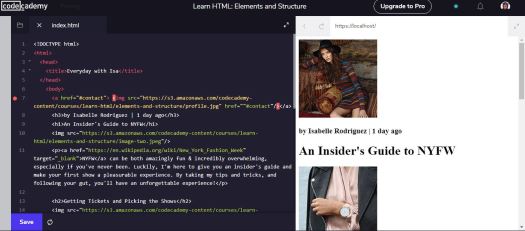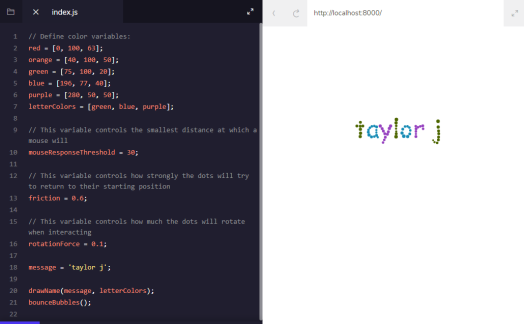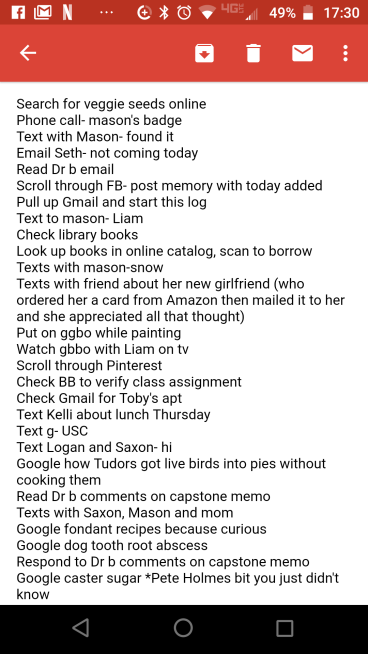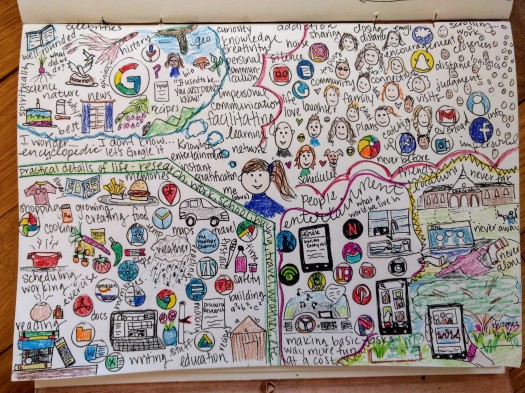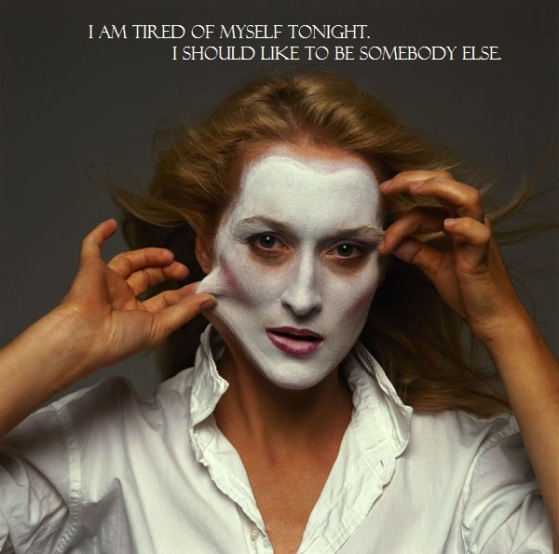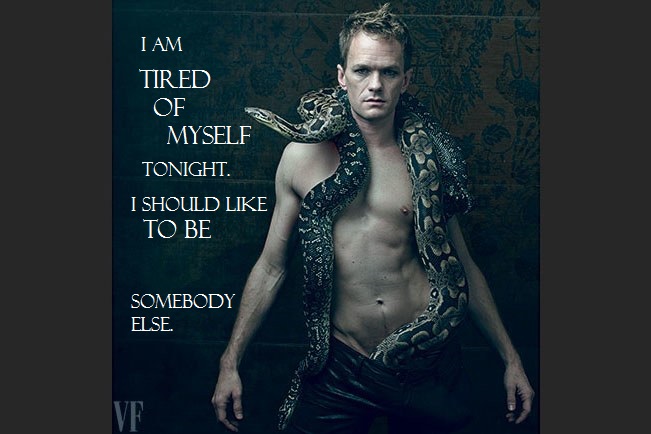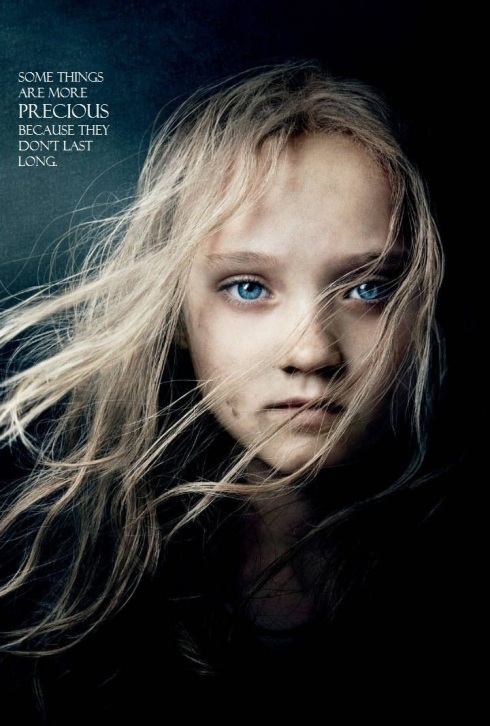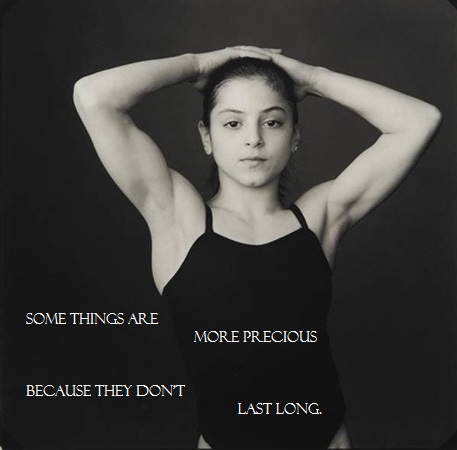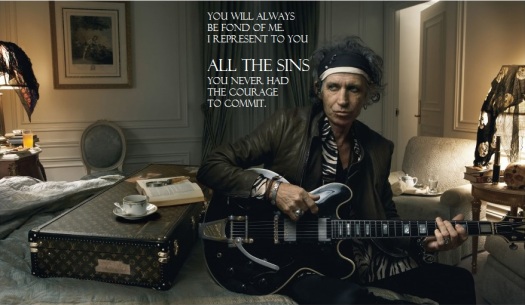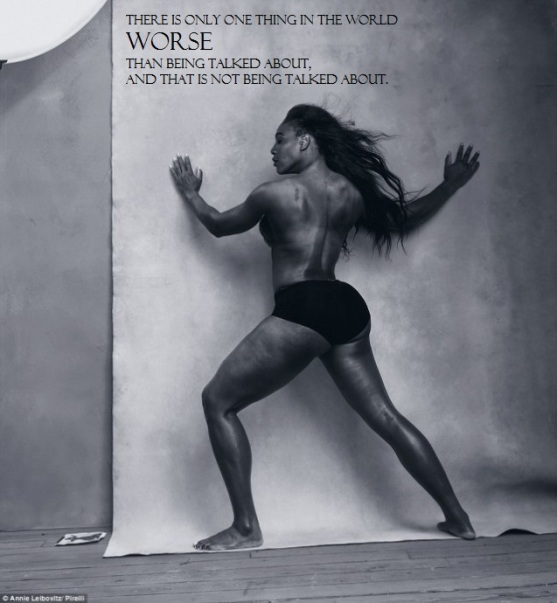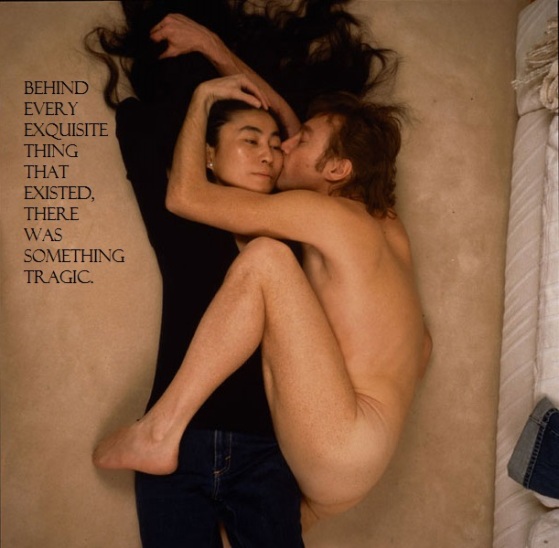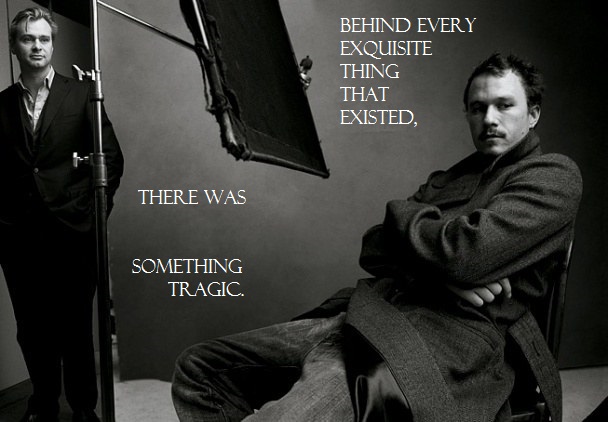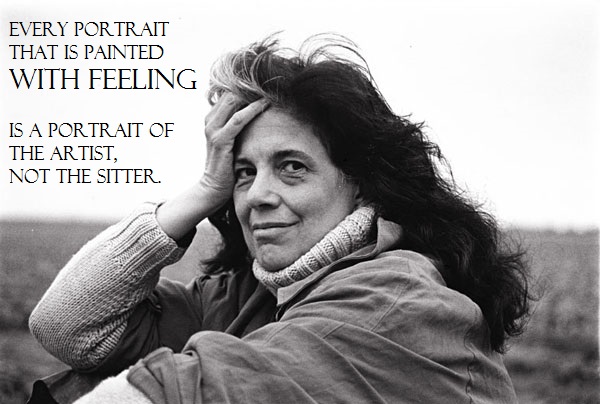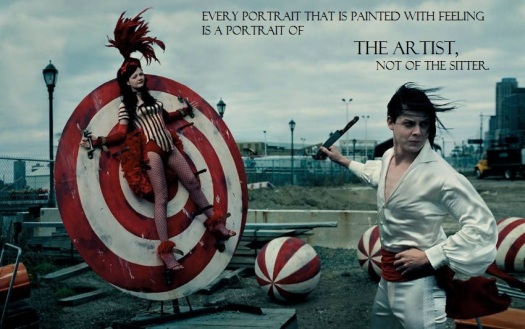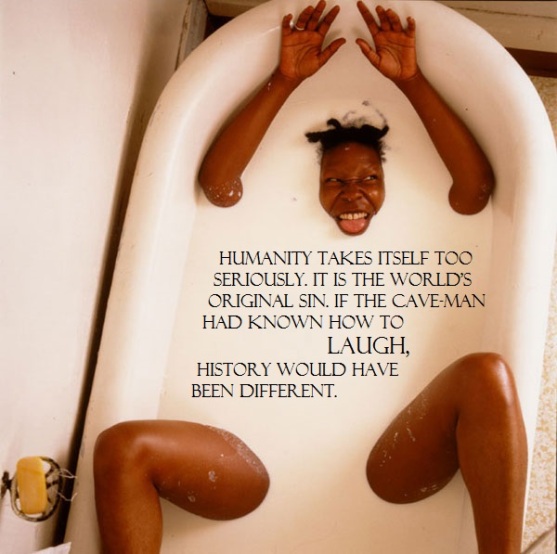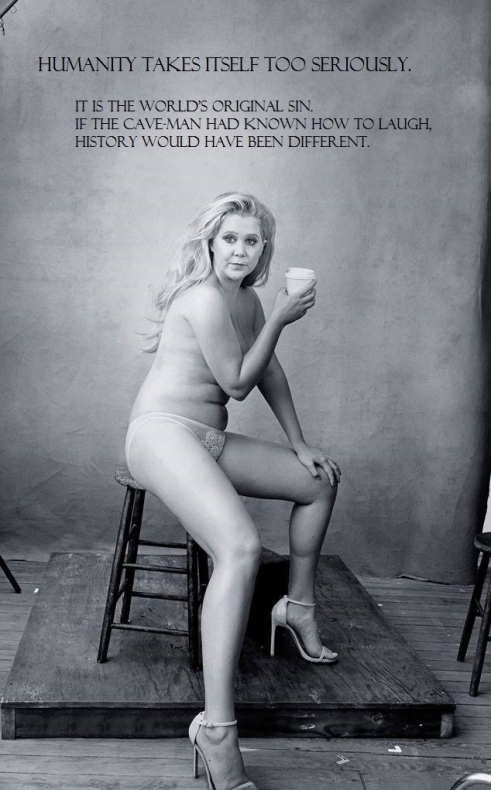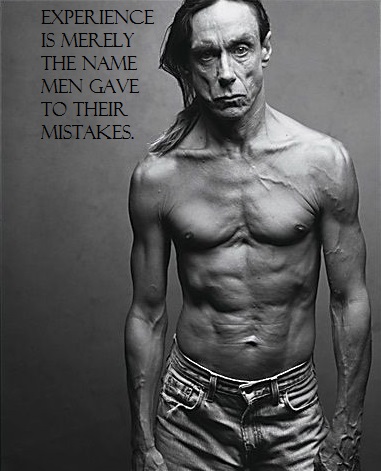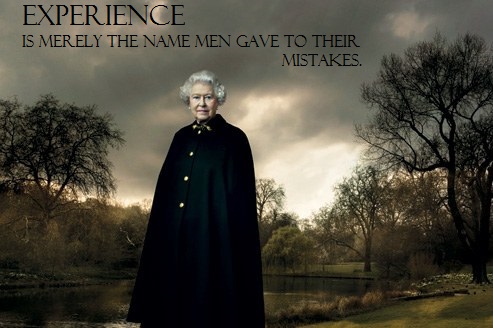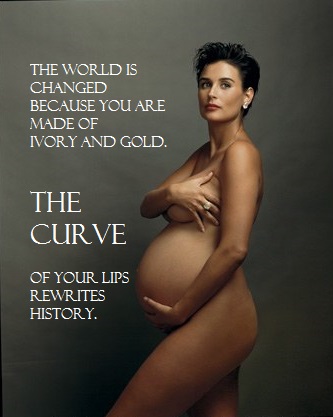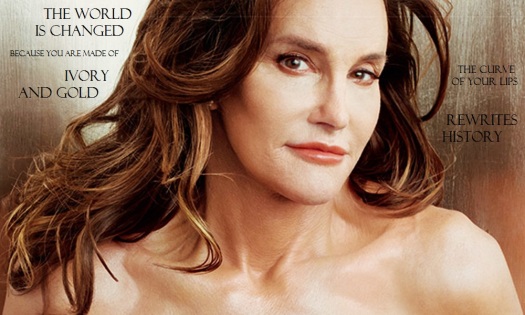My second Box Logic Remediation project is a video piece called Snapchat “Sight”: A Feminist Critique of Remediation in Snapchat Lenses.
Statement of Goals and Choices
1. What, specifically, is this piece trying to accomplish–above and beyond satisfying the basic requirements outlined in the description and objectives? In other words, what work does, or might, this piece do? For whom? In what contexts?
From the beginning of the class, I found the idea of remediation fascinating, particularly because of Bolter and Grusin’s emphasis on feminist scholarship in remediation and the fact that, as Berger pointed out long before the creation of Snapchat, the male gaze is a lens through which all women see themselves and are seen. I saw in Snapchat (a platform I use for fun and communication) a way to show that gaze and the ways it remediates my appearance…and as I explored more (through Box Logic Notes and my experimentation) I saw the ways the gaze encouraged me to remediate myself, posing and playing up the very features it “wants” to see.
My goal for this piece was to combine this visual research evidence and scholarly literature connections to show the gendered gaze I found in Snapchat’s lenses. Snapchat is a relatively new, unstudied medium, and because its primary users are teenagers, I felt it was vital to include some of the psychological and medical research about the potentially harmful effects of social media and photo editing. I envisioned the final piece as something like an online TED Talk – a crafted argument in long form, highly visual, and meant to be consumed (like Snapchat photos) on a screen. It’s scholarly in context (which is actually why I included any text at all), but it would be relatively easy to adapt to a more general audience by tweaking the ways I explain remediation and re-organizing the piece so those scholarly connections are incorporated throughout the image presentation.
2. What specific rhetorical, material, methodological, and technological choices did you make in service of accomplishing the goal(s) articulated above? Catalog, as well, choices that you might not have consciously made, those that were made for you when you opted to work with certain genres, materials, and technologies.
I chose to create a video because I needed a primarily visual form, and because of all the new media technologies we’ve experimented with this semester, video is the medium I’m least comfortable with. It felt more risky, but I knew being able to superimpose visual and audio explanation would pay off and create a more immersive experience. I wanted to include as many of my images as possible as a kind of running visual argument. They images are presented as counterparts to different scholarship and ideas, and with only a few exceptions, I didn’t choose to comment on individual images. I think they, particularly in an amalgam of hundreds, speak for themselves in a way that allows the viewer to see my points and draw their own conclusions (though of course, I’m guiding them to a set of conclusions by the evidence I’ve chosen).
I used four images per slide in most sections. This was to create visual consistency and maximize size (making sure each image was large enough to see) while including as many images as possible (of the almost 800 total images, which I realized early on would take over 13 minutes to show for one second each, one at a time). I included a combination of cropped photos (to make the facial features more visible in a specific size bracket) and uncropped photos (to show visual cues of Snapchat, like the send arrow and editing bar…and to make certain images, like the highly sexualized ones at the end, stand out more to make a point about age and sexualization).
Because I used PowerPoint, and stuck to a relatively small set of layouts, the finished product looks polished and consistent. It also looks like a PowerPoint Presentation, which I think works fine for a scholarly audience, but to go more general, I’d want to play with. I also wasn’t able to achieve a rapid-fire effect, which I’d have liked to do, but just wasn’t practical for me flipping slides by hand in certain timing.
Rather than speaking from loose notes, I chose to read from a script, which, again, is relatively obvious to the audience. It doesn’t sound as approachable or pleasant as an off-the-cuff conversation, but then again, I don’t have many spontaneous conversations about remediation scholarship. I was able to articulate what I wanted and make the points I needed to make, which for an argument, is essential. I also made the conscious choice to screen-record with a running voice-over, knowing that, while I’d likely make and correct a verbal mistake or two, the end product wouldn’t have that annoying start/stop sound of recorded clips that have been edited together or inserted into individual PowerPoint slides.
3. Why did you end up pursuing this plan as opposed to the others you came up with? How did the various choices listed above allow you to accomplish things that other sets or combinations of choices would not have?
This end product is close to my initial vision, with a few changes. After experimenting, I chose to use voice-over, rather than video or webcam. I wanted to eliminate the distraction of my face in the corner of the screen, forcing the viewer to focus exclusively on the images (and text) I’ve arranged.
My initial plan was to incorporate at least one section of video with myself speaking in a Snapchat filter that raised my vocal pitch, pointing out that element as another way many lenses feminize/infantilize the user. I ultimately cut this option and this section of argument for the sake of time – my end product came in at 15 minutes (the max for Screencast-o-Matic), and I really didn’t want it any longer than that for fear it would become more lecture and less likely someone would stick with it. If I were to adapt this piece for an online scholarly journal like Kairos, I’d want to expand the research and integrate it more seamlessly, and I’d definitely add video elements, like me explaining the effects of eye size in a filter that changes eye size. (In that scenario there are several considerations, like daily filter unpredictability, the potential distraction of voice-changing filters, and the fact that there’s no way to seamlessly apply multiple Snapchat lenses to an ongoing video recording (even on a phone)…but I do think it could be worth the extra work.)
And it’s completely impractical, but it would be an awfully fun thing to create a performance art piece that included me, sans makeup, surrounded by highly filtered and sexualized images of myself…a completely visual argument that attempted to capture the spirit of this line of experimentation…
4. List all the actors (human and non-human) that played a role in helping you accomplish this task: scholars, tools, technologies, individuals, resources. This is like a rolling credits for your project.
Obviously, my research is heavily based on the work of Bolter and Grusin, as well John Berger, and a host of feminist theorists and researchers (Haraway, boyd, Butler, and others). Other scholars are cited throughout and listed in the Works Cited slides at the end of my video. Technologies involved in my initial research were my phone, my HP laptop and Lenovo desktop, Gardner-Webb Dover Library’s online database, Snapchat, Facetune, Google, WordPress, Google Docs, Microsoft Word, and Google Photos. To create the video itself, I used PowerPoint and Screencast-o-Matic, then uploaded to YouTube and edited the captions created automatically through their transcription service. (This is something that, prior to our study of accessibility, I’d never have thought to do, and I’m grateful to have had my able privilege challenged so I can start to think about providing a high level of access ahead of time.) I am also grateful for guidance of Dr. Buckner, who introduced us to some amazing scholars and challenged us to play with unfamiliar technologies, and for the ongoing encouragement of my classmates, friends, and family.




























































